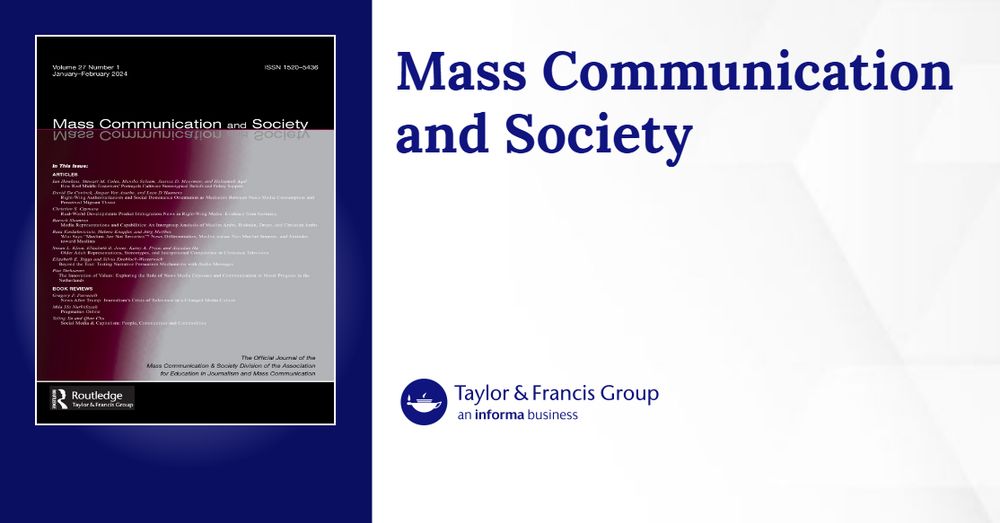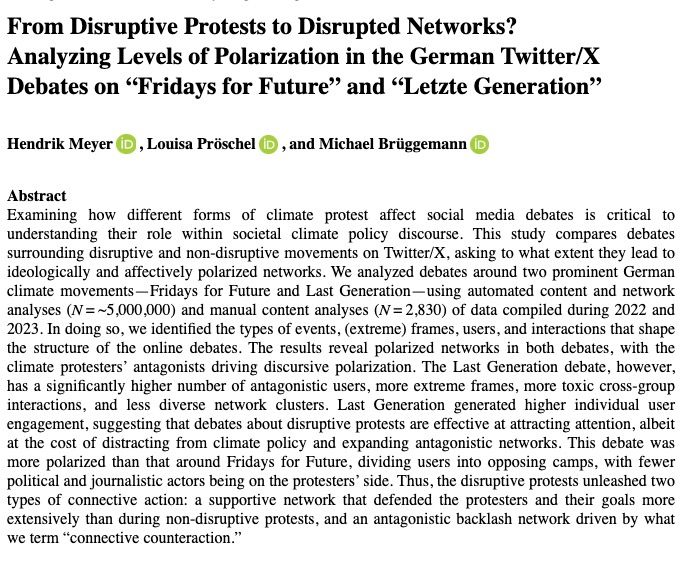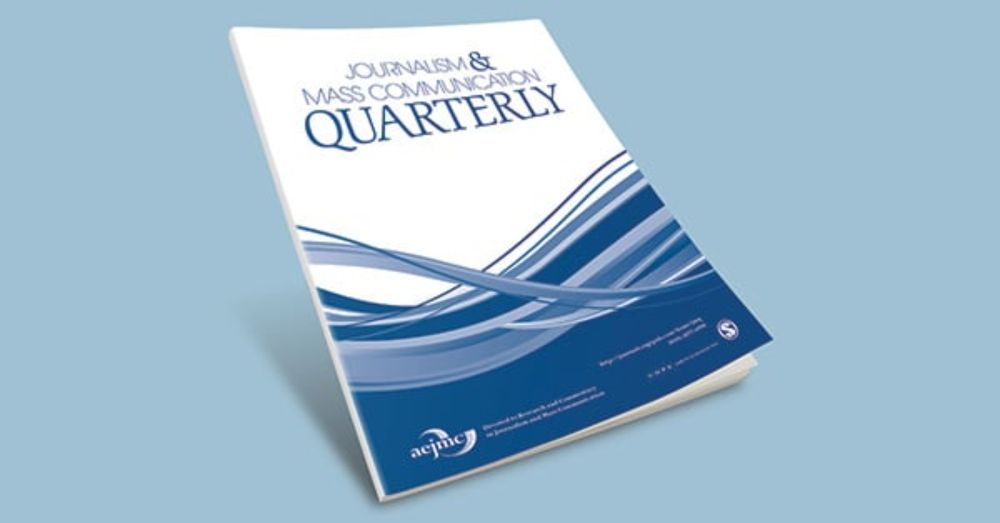


- 82 % finden die Karriereperspektiven zu unsicher,
- 91 % fordern mehr unbefristete Stellen unterhalb der Professur.
Das Problem ist bekannt – wann wird es endlich gelöst? 🤷♀️
#IchBinHanna @nuwiss.bsky.social


- 82 % finden die Karriereperspektiven zu unsicher,
- 91 % fordern mehr unbefristete Stellen unterhalb der Professur.
Das Problem ist bekannt – wann wird es endlich gelöst? 🤷♀️
#IchBinHanna @nuwiss.bsky.social
Trump is now calling for the arrest of elected representatives checking his power.
What else is left on the path to full-blown authoritarianism?

Trump is now calling for the arrest of elected representatives checking his power.
What else is left on the path to full-blown authoritarianism?
We study how audience expectations of journalism 📰 shifted during COVID-19 in Austria 🇦🇹 – showing both short-term rally effects & longer-term recalibration 🔄.
Led by @clmron.bsky.social & @danielwiesner.bsky.social , w/ @andreasriedl.bsky.social & me. 1/n

We study how audience expectations of journalism 📰 shifted during COVID-19 in Austria 🇦🇹 – showing both short-term rally effects & longer-term recalibration 🔄.
Led by @clmron.bsky.social & @danielwiesner.bsky.social , w/ @andreasriedl.bsky.social & me. 1/n


doi.org/10.1080/1520...

doi.org/10.1080/1520...
"From disruptive protests to disrupted news frames: Comparing German news on climate protests"
with @mikefarjam.bsky.social, Helena Rauxloh & Michael Brüggemann

"From disruptive protests to disrupted news frames: Comparing German news on climate protests"
with @mikefarjam.bsky.social, Helena Rauxloh & Michael Brüggemann
We study how the "AI slop" era could actually boost demand for credible news.
In an experiment with thousands of Süddeutsche Zeitung readers, we found that AI misinformation made people *trust news less*, but *read it more*. 🧵

We study how the "AI slop" era could actually boost demand for credible news.
In an experiment with thousands of Süddeutsche Zeitung readers, we found that AI misinformation made people *trust news less*, but *read it more*. 🧵





How do (non-)disruptive #climate #protests shape social media debates?
We analyzed ~5M Twitter/X posts on #FFF & #LetzteGeneration: Disruptive protests generate more engagement—but also more polarization, driven by right-wing/conservative users: doi.org/10.1177/2056...

How do (non-)disruptive #climate #protests shape social media debates?
We analyzed ~5M Twitter/X posts on #FFF & #LetzteGeneration: Disruptive protests generate more engagement—but also more polarization, driven by right-wing/conservative users: doi.org/10.1177/2056...

We are honored by this recognition and committed to continuing research that bridges media, well-being, and society!


We are honored by this recognition and committed to continuing research that bridges media, well-being, and society!
@rinatmeerson.bsky.social, @kevinkoban.bsky.social, Jörg Matthes review bystander research on content moderation, highlighting theoretical heterogeneity, a focus on cognitions, & lacking attention to content, moderation, context, & individual features.
👉 doi.org/10.1080/1369...

@rinatmeerson.bsky.social, @kevinkoban.bsky.social, Jörg Matthes review bystander research on content moderation, highlighting theoretical heterogeneity, a focus on cognitions, & lacking attention to content, moderation, context, & individual features.
👉 doi.org/10.1080/1369...
1️⃣ Together with Paula Stehr and
@desireeschmuck.bsky.social, I wrote a conceptual paper that has now been published in New Media & Society. This article is all about opinion leadership & social media influencers! Read it here: doi.org/10.1177/1461...
1️⃣ Together with Paula Stehr and
@desireeschmuck.bsky.social, I wrote a conceptual paper that has now been published in New Media & Society. This article is all about opinion leadership & social media influencers! Read it here: doi.org/10.1177/1461...
We highlight the paper "Prevalence, Presentation, and Popularity of Political Topics in Social Media Influencers’ Content Across Two Countries" by @darianharff.bsky.social & @desireeschmuck.bsky.social , published in @polcommjournal.bsky.social 🗳️
doi.org/10.1080/1058...
🧵

We highlight the paper "Prevalence, Presentation, and Popularity of Political Topics in Social Media Influencers’ Content Across Two Countries" by @darianharff.bsky.social & @desireeschmuck.bsky.social , published in @polcommjournal.bsky.social 🗳️
doi.org/10.1080/1058...
🧵
#COMPTEXT2025

#COMPTEXT2025
@erc.europa.eu MIMIc project

@erc.europa.eu MIMIc project

